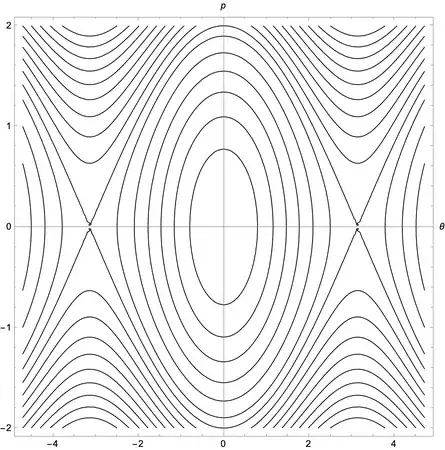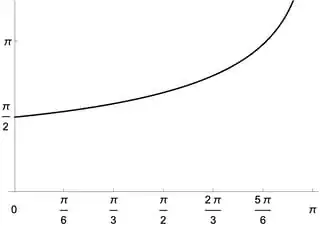We are given the second-order (non-linear) differential equation describing the pendulum $$\ddot x + \frac{g}{l}\sin(x) = 0.$$ One usually approximates this physical system with the one in which the angle $x\rightarrow 0 $ leading to a second order linear differential equation $\ddot x + \frac{g}{l}x= 0$ which leads to the simple solution of the harmonic oscillator. In case we do not do this approximation, i.e. we allow the pendulum to swing for large angles, what would be the solutions for the equations of motion? Will the pendulum still oscillate on a vertical plane? Will it whirl around the axis set by the thread? Will the system consisting of thread and mass whirl together around the vertical axis? In a book it says it will whirl over the top which I do not understand exactly which motion is meant.
Can you elaborate on one or the other of my questions?

